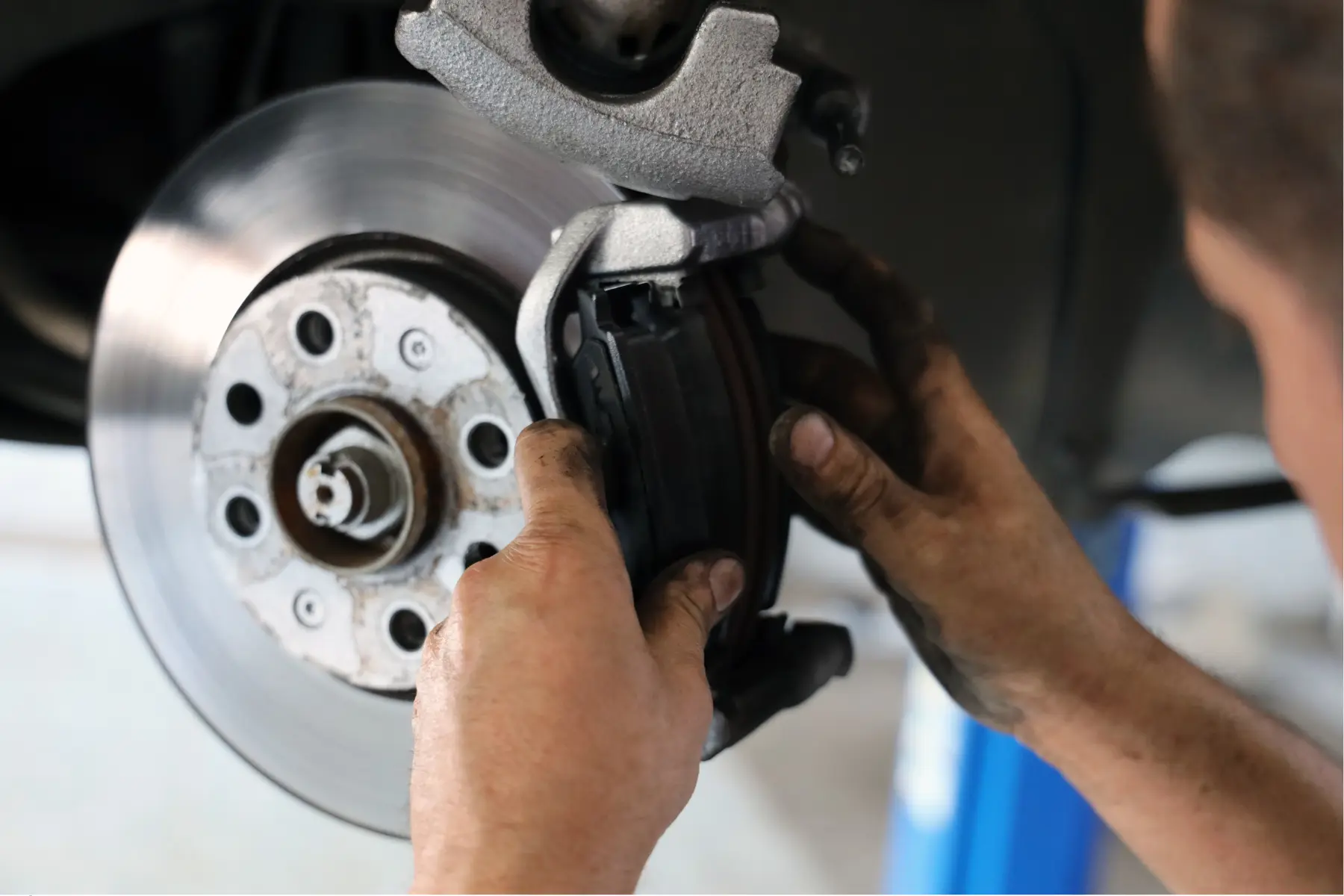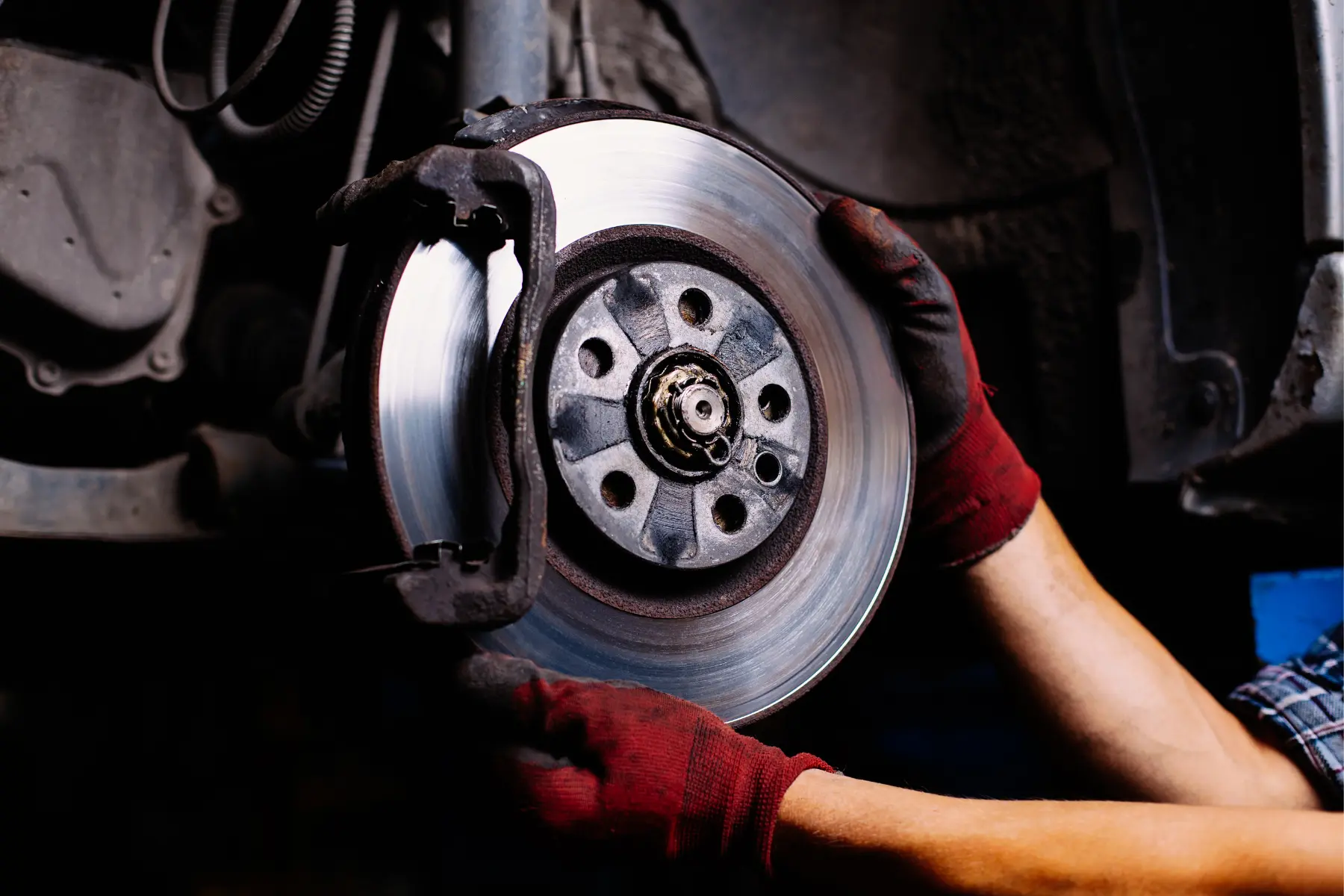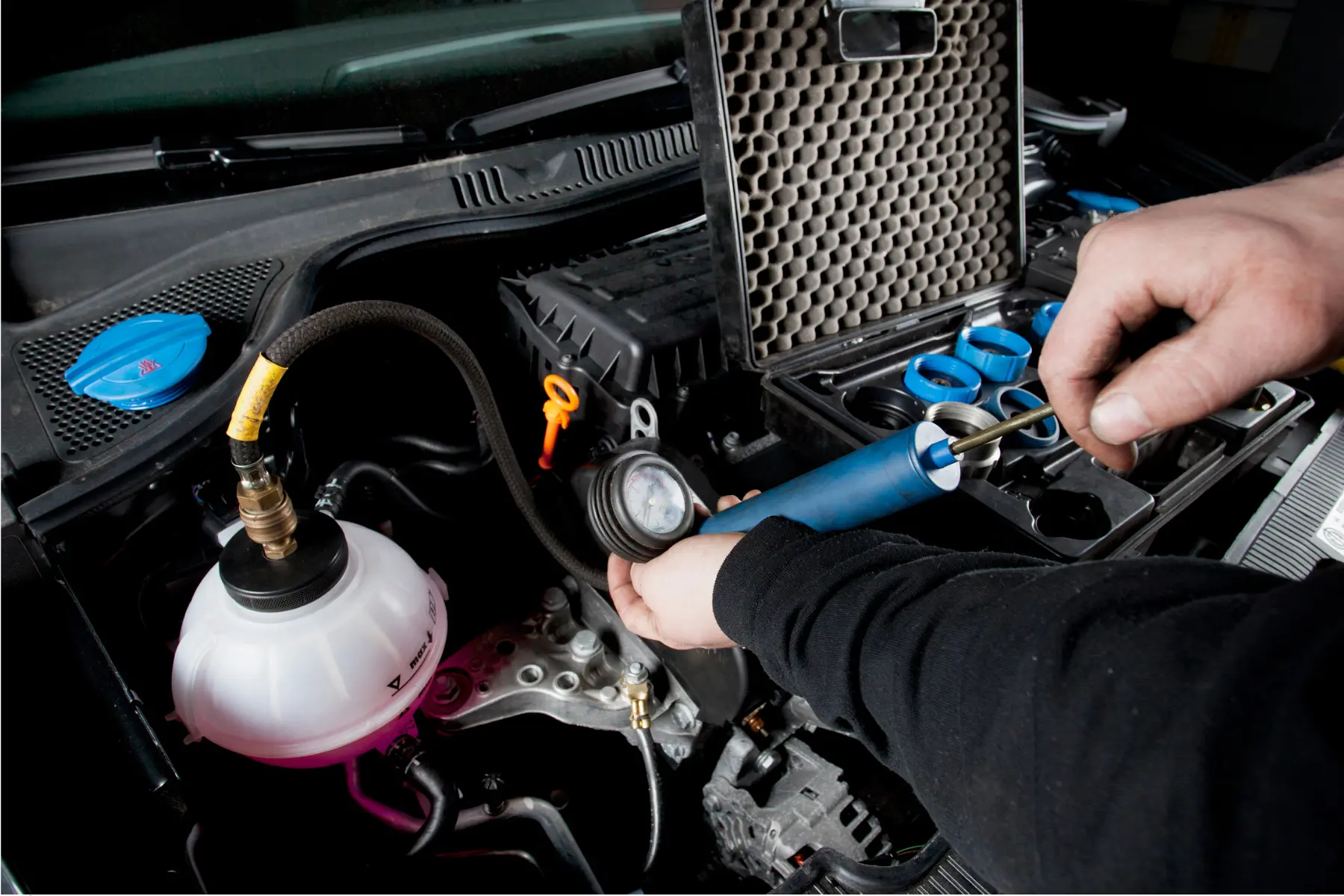Choosing the right brake pads for your vehicle is crucial for ensuring optimal performance and safety. Whether you’re commuting to work or taking a long road trip, the brake pad materials you select can significantly impact your driving experience. Brake pads are responsible for creating the necessary friction against your car’s rotors, allowing you to slow down or stop effectively. With several types on the market, such as ceramic brake pads and semi-metallic brake pads, it’s essential to understand their differences to make an informed decision tailored to your vehicle’s needs and driving style.
Ceramic vs semi-metallic brake pads represent the most commonly chosen options in today’s market. Each type has been developed to meet specific performance standards and address distinct driving conditions As we delve deeper into the characteristics of these types of brake pads, you will gain a clearer understanding of how they can enhance your vehicle’s braking performance and influence factors like brake pad noise, car brake pad dust, and overall brake pad life.
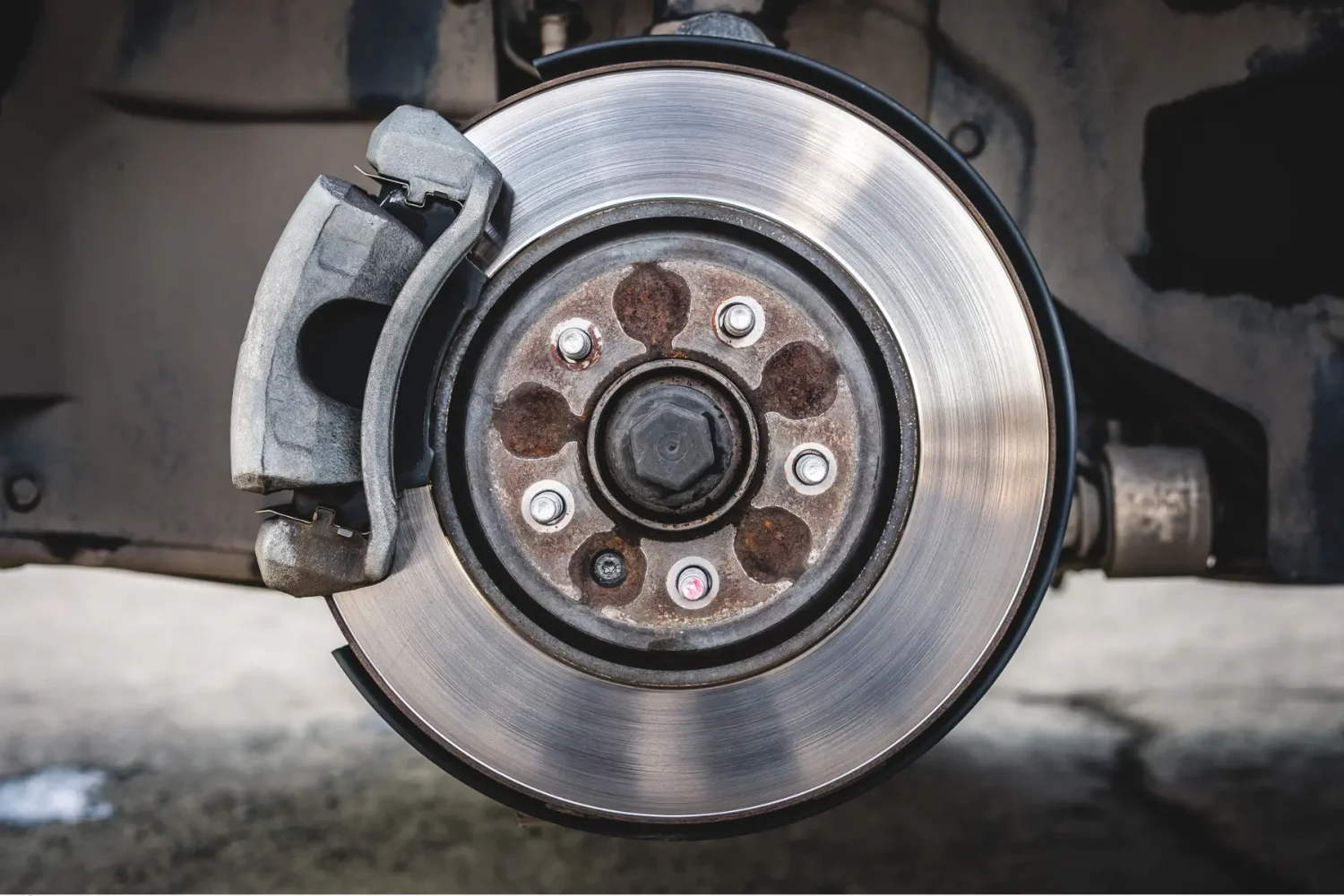
Understanding Ceramic Brake Pads
Composition and Materials of Ceramic Brake Pads
Ceramic brake pads are crafted using a blend of dense ceramic material and embedded copper fibers, designed to handle braking applications with finesse. This composition contributes to their consistent performance across a range of temperatures and driving conditions. Unlike other materials, the ceramic compounds offer stability and resistance to wear, significantly extending the brake pad life. This unique blend not only improves safety but also ensures that the pads work quietly and effectively, making them a top choice for many drivers seeking brake pad efficiency.
Performance Characteristics of Ceramic Brake Pads
The performance of ceramic brake pads is characterized by their ability to produce less noise and fewer dust particles than their metallic counterparts. These pads generally offer a smoother and quieter braking experience, reducing the brake pad noise that can be common with harsher pad materials. Additionally, their thermal properties allow them to resist heat buildup, which helps maintain their structural integrity and braking capability over time. This aspect is particularly beneficial for drivers who prioritize comfort and minimal maintenance.
Advantages of Ceramic Brake Pads for Everyday Use
As mentioned before, for everyday driving, ceramic brake pads provide several distinct advantages. Their composition minimizes the amount of car brake pad dust that accumulates on wheels, keeping them cleaner and preserving their appearance. Furthermore, the reduced wear on both the pads and the rotors can lead to lower long-term maintenance costs. Drivers who choose ceramic pads will notice less frequent replacements and enjoy a consistent performance, which is crucial for those who rely on their vehicle for daily commuting and errand-running.
Limitations of Ceramic Brake Pads
Despite their many benefits, ceramic brake pads do have some limitations, especially under extreme conditions. They are not as effective in very cold climates or during aggressive driving such as racing or heavy towing, where higher temperatures are generated. In such scenarios, their braking power might not match that of semi-metallic brake pads, which are better suited for high-temperature environments. For those who live in colder regions or engage in high-performance driving, considering these limitations is essential when choosing car brake pads.
Exploring Semi-Metallic Brake Pads
Composition and Materials of Semi-Metallic Brake Pads
Semi-metallic brake pads are composed primarily of metals that can range from 30% to 70% of the pad’s material. These metals typically include steel, iron, and copper mixed with fillers and a binding resin that holds the components together. The high metallic content makes these pads exceptionally durable and highly efficient at conducting heat away from the brake rotors. This attribute is crucial for maintaining the brake pad performance during high-demand situations, such as during vigorous driving or in vehicles that carry heavy loads.
Performance Characteristics of Semi-Metallic Brake Pads
The performance of semi-metallic brake pads is notable for their exceptional heat dissipation properties. These pads excel in maintaining their structural integrity and braking efficacy under high temperatures, making them ideal for severe-duty applications, including frequent downhill driving and performance-oriented sports driving. However, this robust performance comes with the trade-off of increased brake pad noise and car brake pad dust production compared to ceramic pads, factors that can be significant depending on vehicle use and driver sensitivity.
Benefits of Semi-Metallic Brake Pads for High-Performance Applications
In contexts where stopping power and high-temperature resilience are paramount, semi-metallic brake pads often outperform their ceramic counterparts. Their ability to quickly dissipate heat helps prevent brake fade, a common issue under extreme use that can reduce the braking system’s effectiveness. This makes semi-metallic pads the best brake pads option for high-performance vehicles, such as sports cars, which benefit from their superior grip and responsiveness under intense driving conditions.
Drawbacks of Semi-Metallic Brake Pads
While semi-metallic pads excel in performance, they can be harsh on brake rotors, leading to quicker wear and potential damage over time. This aspect can increase the overall maintenance costs associated with car brake pad durability and rotor longevity. Additionally, the noise and dust production can be a nuisance, detracting from the comfort and cleanliness of the driving experience. These factors make them less suitable for drivers who prioritize quiet operation and minimal rotor wear.
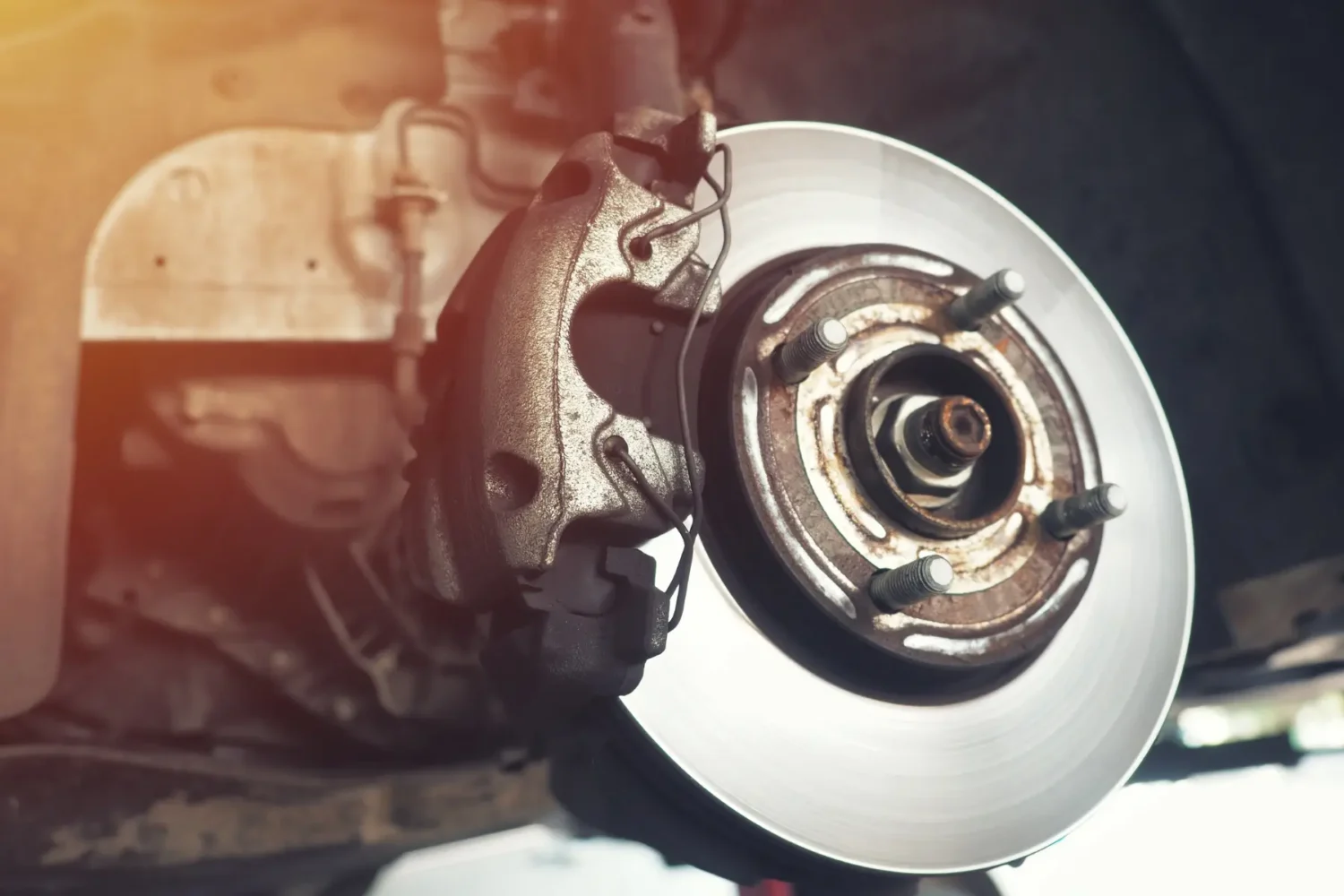
Key Differences Between Ceramic and Semi-Metallic Brake Pads
Longevity and Wear of Brake Pads
- Ceramic Brake Pads: Offer extended brake pad life due to their durable composition, wearing down more slowly even under regular use conditions. This durability provides long-term value, although they may underperform in high-temperature scenarios where semi-metallic pads excel.
- Semi-Metallic Brake Pads: Known for their robustness in severe driving conditions, these pads tend to wear out faster than ceramic options. Their abrasive nature can lead to increased rotor wear, necessitating more frequent maintenance and potentially higher costs over time due to rotor replacements.
Cost Comparison of Ceramic vs. Semi-Metallic Pads
- Ceramic Brake Pads: Typically have a higher upfront cost reflecting their advanced design aimed at reducing brake pad noise and dust while enhancing longevity. Over time, the reduced frequency of replacement and lower impact on rotors can make them a more cost-effective choice, offsetting the initial investment.
- Semi-Metallic Brake Pads: Generally less expensive at purchase, these pads may seem budget-friendly initially. However, their potential to cause faster rotor wear and the need for more frequent replacements could lead to higher cumulative costs, diminishing their economic advantage in the long run.
Suitability for Specific Driving Needs
Brake Pads for Urban and Highway Driving
When driving predominantly in urban areas or on highways, the choice of brake pads is critical for both comfort and effectiveness. Ceramic brake pads are often preferred for these environments due to their quieter operation and minimal brake pad dust production. The reduced noise is a significant advantage in stop-and-go traffic, where frequent braking can otherwise become a noisy annoyance. Additionally, the lower dust output keeps the vehicle cleaner, which is beneficial for those who spend a lot of time driving in populous areas. Ceramic pads also provide sufficient stopping power for the typical speeds encountered on highways, making them an excellent choice for daily commuters and long-distance drivers alike.
Brake Pads for Towing and Off-Road Applications
For vehicles used in towing and off-road applications, semi-metallic brake pads are typically recommended due to their superior durability and performance under harsh conditions. The robust nature of semi-metallic pads allows them to withstand the high temperatures and intense wear often experienced during heavy-duty use. These pads’ composition helps maintain optimal performance when hauling heavy loads or navigating rough terrain, where strong and reliable braking is crucial. Their ability to quickly dissipate heat prevents brake fade, ensuring consistent brake pad performance even under strenuous driving conditions.
Considerations for Sports Cars and High-Speed Driving
Choosing the right brake pads for sports cars and vehicles often used in high-speed driving involves prioritizing responsiveness and heat tolerance. Semi-metallic brake pads excel in these areas, offering quick reaction times and excellent heat dissipation properties, crucial for maintaining control and stability at high speeds. These pads are engineered to handle the rigorous demands of aggressive driving maneuvers, such as sharp turns and sudden stops, without compromising on performance or safety. Their composition ensures that braking remains consistent and effective, even under the extreme stress of high-speed pursuits.
Recommendations for Trucks and SUVs
For owners of trucks and SUVs, the choice of brake pads must address the unique challenges posed by larger vehicles. These vehicles often face a variety of driving conditions and are subject to heavier loads, necessitating a brake pad that can deliver consistent performance regardless of the situation.
- Enhanced Durability: Semi-metallic brake pads are essential for trucks and SUVs due to their enhanced durability. They are built to withstand the greater wear and tear that comes with the size and weight of larger vehicles.
- High Heat Tolerance: The ability of semi-metallic pads to tolerate high temperatures is critical when dealing with the heavier demands of trucks and SUVs. This feature prevents brake fade during extended use, such as during long descents or when towing.
- Reliable Performance: Whether navigating city traffic or rural terrains, semi-metallic brake pads ensure reliable braking. Their composition allows for effective stopping power in a variety of environmental conditions.
- Strength for Towing: The robust nature of semi-metallic pads supports the additional weight and strain of towing. This strength is indispensable for maintaining control and stability while hauling trailers or other heavy loads.
- Safety and Longevity: Maintaining brake system integrity is paramount, especially for heavier vehicles. Semi-metallic pads help preserve the longevity of the entire braking system, ensuring safety through consistent performance.
Selecting the right brake pads for trucks and SUVs can greatly enhance the driving experience and safety. Semi-metallic pads, with their ability to perform under pressure and maintain their integrity, are a wise choice for anyone who demands the most from their vehicle in terms of performance and reliability.
In the quest for the ideal brake pad, balancing performance needs with practical considerations is key. Each type of brake pad offers distinct advantages and may be better suited to specific driving conditions and vehicle types. Ceramic brake pads, with their quieter operation and cleaner performance, are excellent for everyday urban and highway driving. On the other hand, semi-metallic pads, recognized for their durability and high-temperature resistance, excel in more demanding scenarios such as towing, off-roading, and high-speed driving. When choosing between ceramic and semi-metallic, consider not only the immediate benefits but also how the pads align with your long-term driving habits and vehicle requirements.
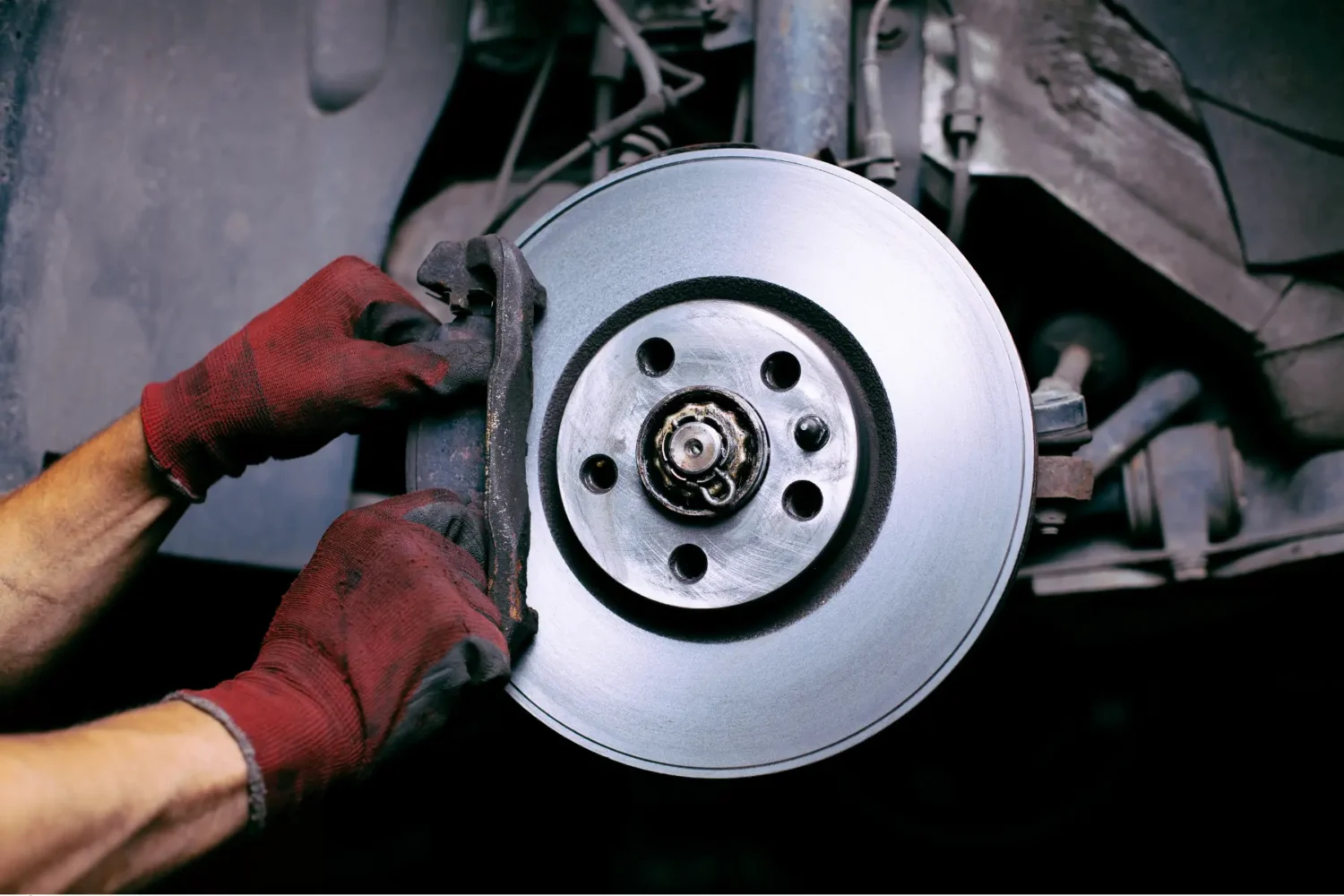
Ultimately, the decision on whether to choose ceramic or semi-metallic brake pads should rest on a comprehensive assessment of your driving environment, vehicle type, and performance expectations. Safety and efficiency are paramount, and selecting the right brake pads plays a crucial role in maintaining both. By understanding the specific attributes of each pad type, from car brake pad wear to dust production and noise levels, drivers can make informed choices that enhance their vehicle’s functionality and longevity. Ensuring that your brake pads are perfectly matched to your needs not only improves your driving experience but also optimizes the safety and durability of your vehicle’s braking system.
